Animalia

Nine-banded Armadillo
Dasypus novemcinctus

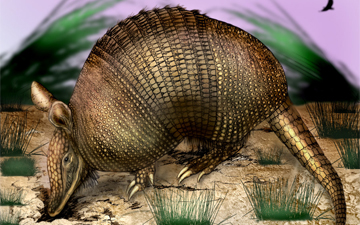
6 POINTS • Dasypus novemcinctus has a MOVE of 2. Unlike some other armadillos, Dasypus novemcinctusi cannot roll itself into a ball.

Mandarin Duck
Aix galericulata

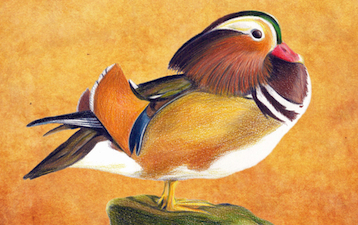
4 POINTS
• Aix galericulata has a FLIGHT of 2.
• Aix galericulata must be placed adjacent to at least one FRESH-WATER containing card.

Rock Pigeon
Columba livia

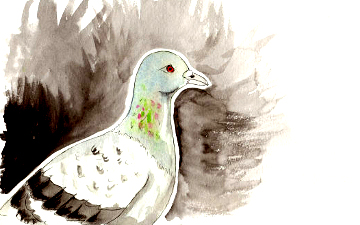

2 POINTS
• Columba livia has a FLIGHT of 3.
• Columba livia is considered to be an INVASIVE species of Aves cards of identical scale and food chain rank.

Red Kangaroo
Macropus rufus

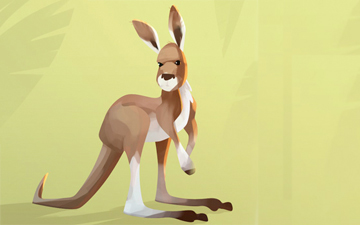
5 POINTS
• Macropus rufus has a MOVE of 2.
Macropus rufus’ legs work much like a rubber band. The males can leap over 9 metres (30 ft) in one leap.

Mosquito
Culiseta longiareolata

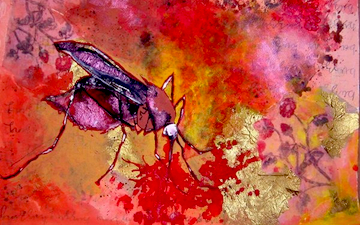
4 POINTS
• Culiseta longiareolata has a FLIGHT of 2.
• Culiseta longiareolata is considered a POLLINATOR and can feed on SPECIES of larger scale.

Geoffroy’s Spider Monkey
Ateles geoffroyi

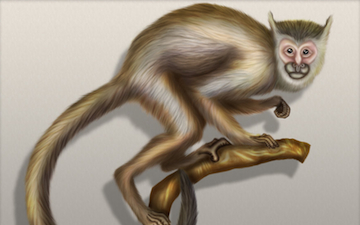
6 POINTS
• Ateles geoffroyi has a MOVE of 2.
Ateles geoffroyi is an excellent tree climber and has been known to leap over 30 feet between trees and branches.